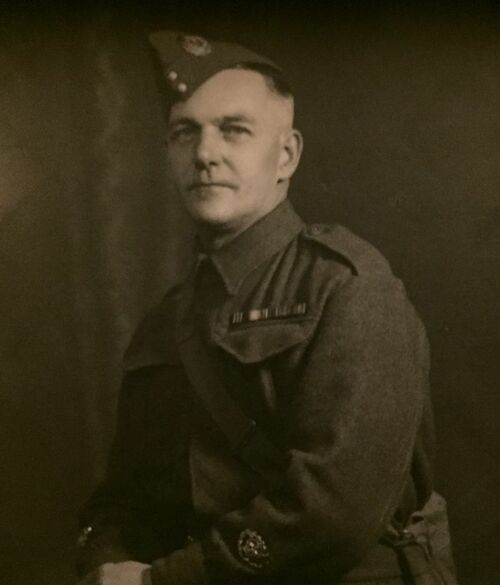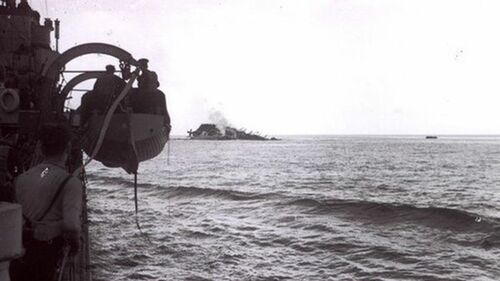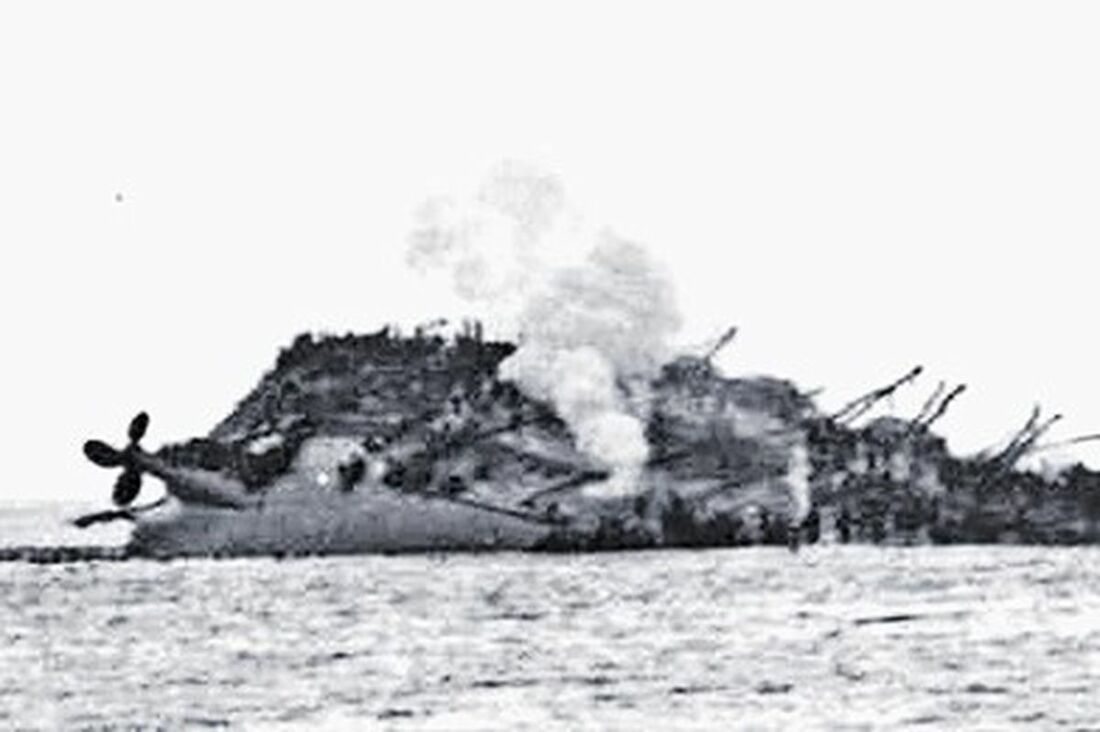Auction: 23002 - Orders, Decorations and Medals
Lot: 114
'Company Sergeant-Major Tasker was in the water for more than 3 hours. He was then picked up by a lifeboat, being one of the last men in, and was conveyed to a minesweeper which saved no fewer than 750 lives. On arriving in England, the Company Sergeant-Major was given 7 days leave. He had been severely stung by jellyfish and suffered from the effects of his long immersion in the water. At the end of his leave, he was not fit to return to his unit and had to spend 12 days in a local hospital. He re-joined his unit, the Auxiliary Military Pioneer Corps, a month ago.'
The Shipley Times, dated 7 July 1940, refers.
A notable Great War M.M. group of seven awarded to Company Sergeant-Major J. Tasker, Auxiliary Military Pioneer Corps, late Royal Field Artillery
Having been decorated for his gallant deeds in a Trench Mortar Battery in the Great War, he served as an Auxiliary Fireman on the renewal of hostilities, prior to joining the Auxiliary Military Pioneer Corps
It was in this capacity that he was lucky indeed to survive the loss of the R.M.S. Lancastria, when she was bombed and sunk off St. Nazaire on 17 June 1940: up to 5,000 of those embarked were less fortunate
Having taken a direct hit, Lancastria capsized in about 20 minutes, and those who managed to get clear were machine-gunned by the Luftwaffe in the water, whilst many more succumbed to thick oil fuel, much of which was set ablaze by incendiary bullets
It was the largest loss of life in British maritime history, greater even than the combined losses of Titanic and Lusitania
Such was the scale of the disaster that Churchill ordered a media blackout, and it was full five weeks before reports of the incident started to appear in The New York Times
Military Medal, G.V.R. (80153 Gnr. J. Tasker, C. 59/Bde. R.F.A.); 1914-15 Star (80153 A. Bmbr. J. Tasker, R.F.A.); British War and Victory Medals (80153 Cpl. J. Tasker, R.A.); 1939-45 Star; Defence and War Medals 1939-45, the earlier awards with contact marks and polished, thus good fine, the reminder good very fine (7)
M.M. London Gazette 21 August 1917.
John Thornton Tasker was born in Yorkshire on 24 April 1894. Enlisting on the outbreak of hostilities, he was embarked for Egypt in March 1915, as an acting Bombardier in the Royal Field Artillery, and likely witnessed active service in Gallipoli. More certain is the fact he won his M.M. for services in Y/11th Trench Mortar Battery, C/59th Brigade, R.F.A., which unit witnessed considerable action in the course of 1917, including on the Ancre and Messines Ridge, in addition to Langemarck, Polygon Wood and Poelcapelle.
On the renewal of hostilities, Tasker volunteered as an Auxiliary Fireman in Otley, Yorkshire but he later re-enlisted and was drafted to the Auxiliary Military Pioneer Corps in the rank of Company Sergeant-Major. Having then joined the B.E.F. in France, he was among those embarked on the R.M.S. Lancastria during the evacuation of St. Nazaire in June 1940.
Loss of the Lancastria
Much has been written about the disaster that occurred off St. Nazaire on 17 June 1940, but by way of summary, the following extract is taken from Charles Hocking's Dictionary of Disasters at Sea:
'On 17 June 1940, the Cunard White Star Line's S.S. Lancastria, Captain J. Sharp, was lying off St. Nazaire takin on board British troops who were being evacuated from France. The embarkation began at 8 a.m. and continued until 4 p.m., by which time the liner was ready to weigh anchor. In addition to the soldiers there was a small party of about civilians, and their wives and children. As far as can be ascertained there were 5,310 persons on board, of whom 300 were crew.
The first attack by aircraft came about 2 p.m., followed after a short interval by a second raid. In these attacks the Orient liner Oronsay was hit and damaged but still remained seaworthy.
At about 4.30 p.m., in a third attack, the ship was struck by a salvo of bombs, one of which passed right through the dining saloon and burst in the engine room. The damage to the Lancastria was vital and she took a heavy list, and although the boats were got out with all possible speed it was evident from the outset that there was no hope of rescue for thousands of those on board. Only two lifeboats managed to get away, the others capsizing owing to difficulties with the falls or through being overloaded. Tugs and other small craft were quickly on the scene and picked up hundreds of men in the water. The Lancastria remained afloat for barely 30 minutes, turning gradually over to port so that those still on board were able to walk upon her side as she lay. After floating in this position for some time she capsized completely and went down by the head.
Meanwhile the German airmen occupied themselves by firing from their machine-guns at the men in the water, and by firing incendiary bullets which set fire to the oil floating on the surface. Of those on board 2,477 were saved, including Captain Sharp, who was picked up some hours later, and most of the civilian passengers. There was also a small number of people who came ashore singly or in very small parties, some of whom were captured and interned by the Germans.' Tasker, who remained employed in the U.K. for the remainder of the war, died near Ilkley, Yorkshire on 2 August 1954.
Sold with an original portrait photograph and several related newspaper cuttings.
Subject to 20% VAT on Buyer’s Premium. For more information please view Terms and Conditions for Buyers.
Sold for
£550
Starting price
£240













